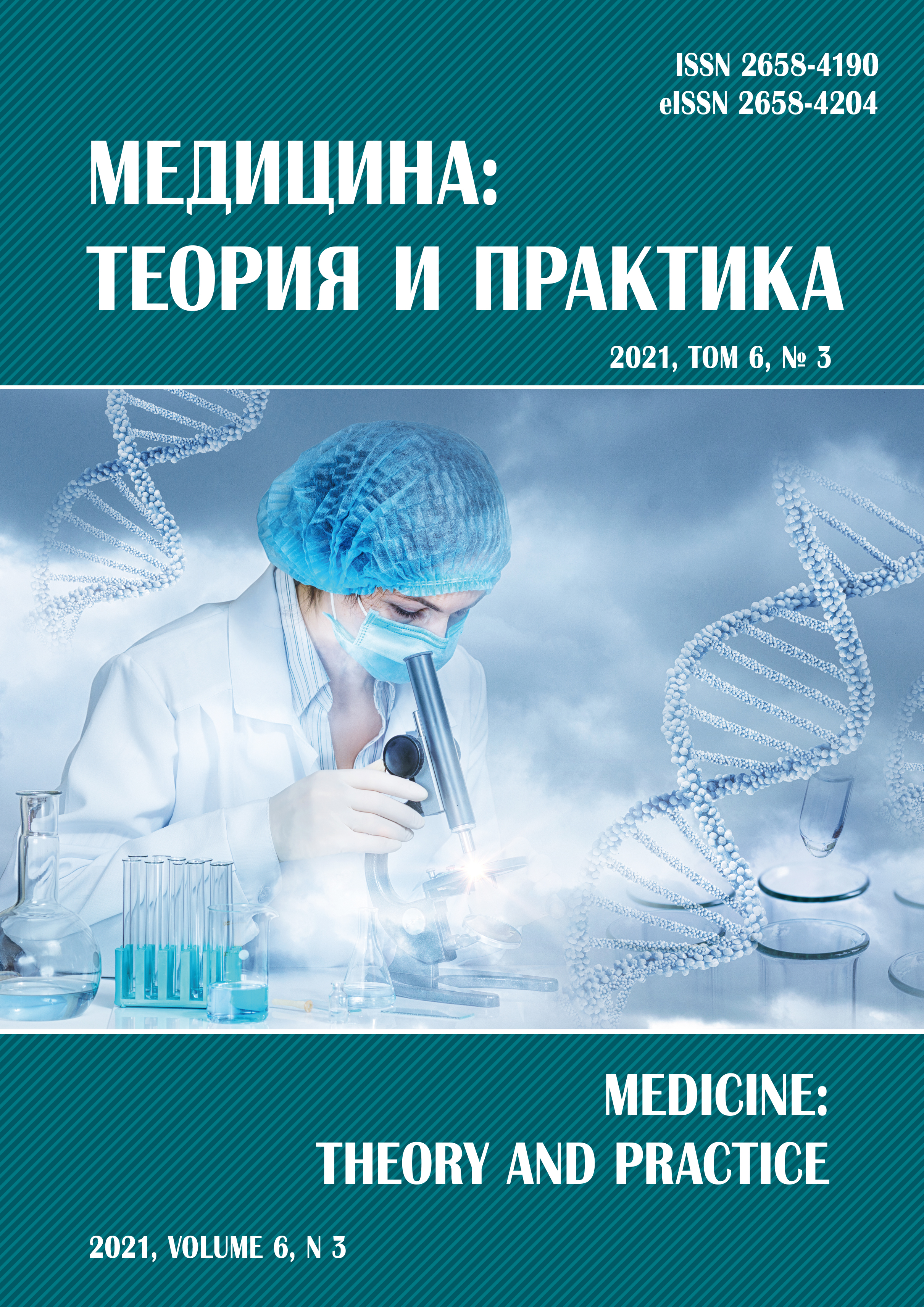ОСОБЕННОСТИ ОБМЕНА ОСНОВНЫХ ЭЛЕКТРОЛИТОВ СЫВОРОТКИ КРОВИ У МУЖЧИН МОЛОЖЕ 60 ЛЕТ ПРИ ИНФАРКТЕ МИОКАРДА, ОСЛОЖНЕННОМ ОСТРЫМ ПОВРЕЖДЕНИЕМ ПОЧЕК
Аннотация
Введение. Острое повреждение почек (ОПП) при инфаркте миокарда (ИМ) ухудшает его прогноз. Изменения электролитов при ОПП недостаточно изучены у мужчин моложе 60 лет. Цель и задачи. Оценить изменение уровней натрия, калия, общего кальция и хлоридов сыворотки крови у мужчин моложе 60 лет в остром и подостром периодах ИМ с ОПП для улучшения понимания механизмов развития осложнений и поиска путей совершенствования профилактики. Методы. В исследование включены мужчины 19-60 лет с ИМ I типа. Пациенты разделены на две сравнимые по возрасту группы: I - исследуемую, с ОПП - 20 пациентов; II - контрольную, без ОПП - 376 пациентов. Выполнена сравнительная оценка концентрации перечисленных электролитов сыворотки крови в первые 48 часов и в завершении третьей недели ИМ, а также их динамики и взаимосвязей в этих группах больных. Результаты. Исследуемая группа в завершении третьей недели ИМ характеризовалась преобладанием концентрации натрия (143,3 ± 3,4 и 140,0 ± 4,3 ммоль/л; р = 0,0004) и хлоридов (104,6 ± 2,7 и 102,8 ± 3,3 ммоль/л; р = 0,047) над контрольной. Отмечено увеличение уровня электролитов во второй точке наблюдения в обеих группах обследованных (I: кальций (1,42 %; р = 0,0004); II: натрий (0,84 %; р < 0,0001), калий (2,23 %; р < 0,0001), кальций (2,42 %; р = 0,005), хлориды (0,89 %; р = 0,02)). В исследуемой группе выявлены достоверные корреляции умеренной и сильной тесноты между концентрациями изученных электролитов и параметрами структурно функционального состояния сердца, периферической гемодинамики, липидного, электролитного, азотистого обмена, гемостаза, качества жизни и прогноза ИМ. Выводы. Для мужчин моложе 60 лет с ОПП при ИМ характерны высокие уровни натрия и хлоридов сыворотки крови в завершении третьей недели заболевания, а также резкое увеличение уровня калия. В этот период гипокальциемия ассоциируется с ухудшением качества жизни пациентов, а гипернатриемия - неблагоприятным прогнозом заболевания



